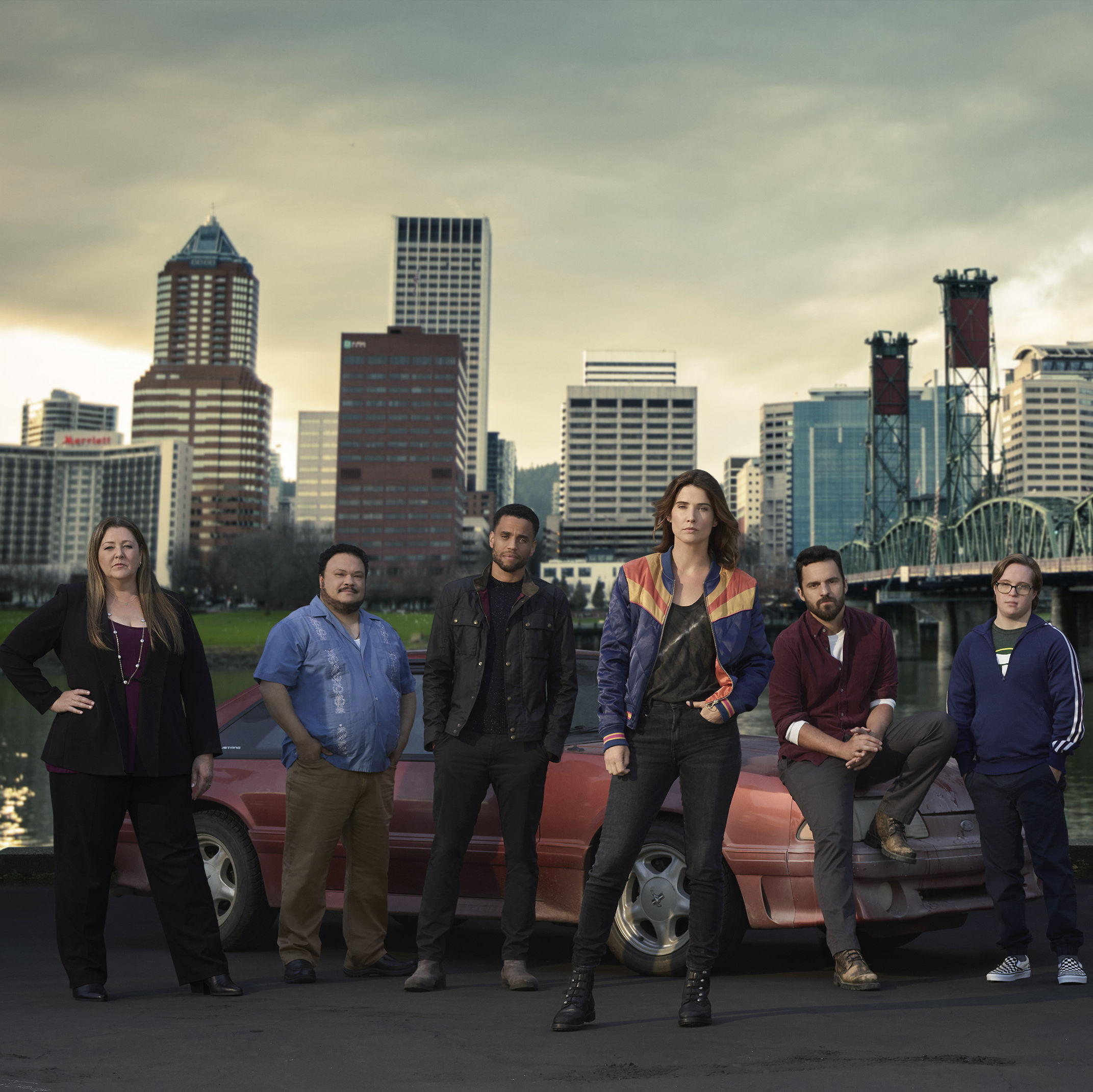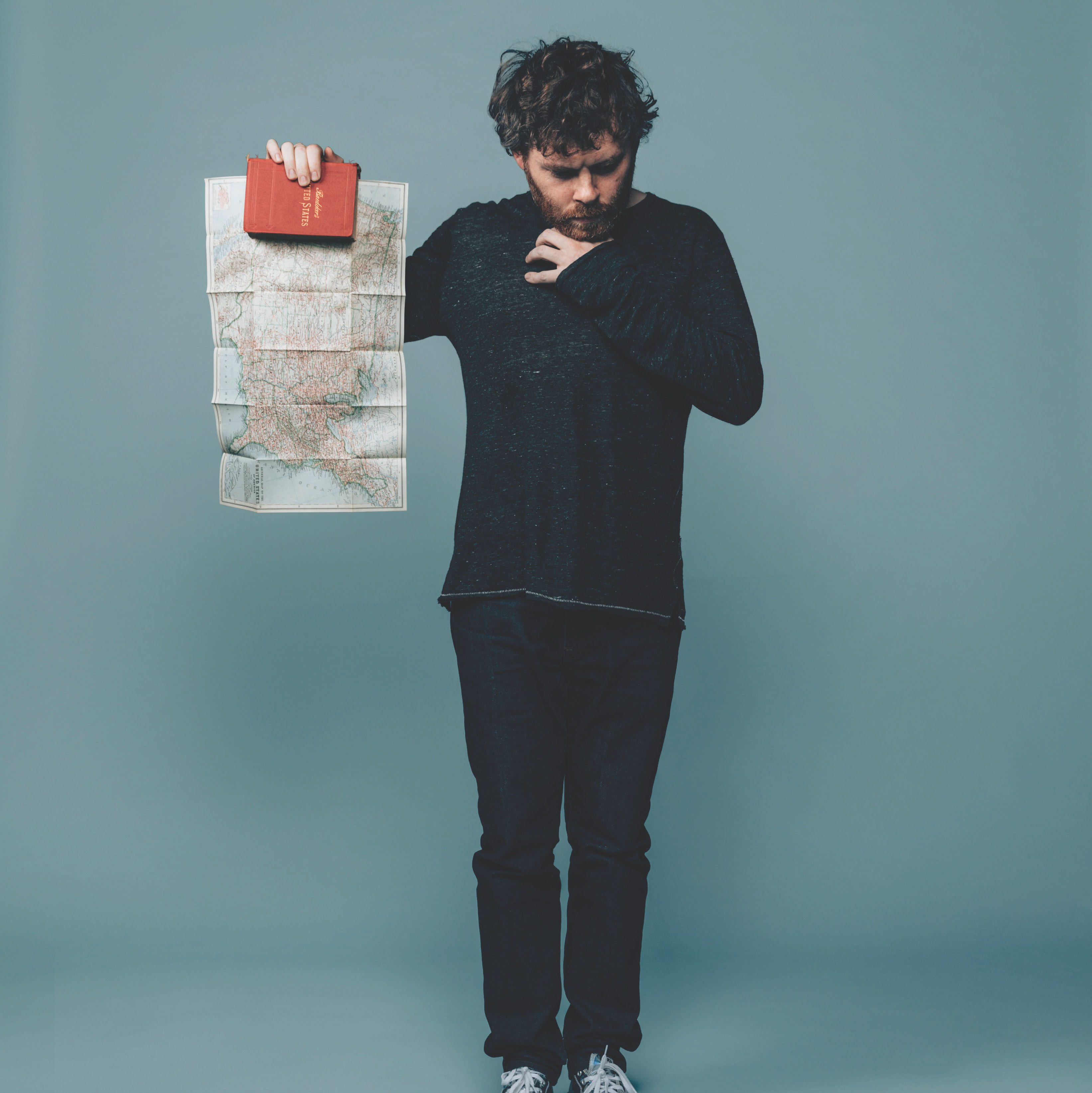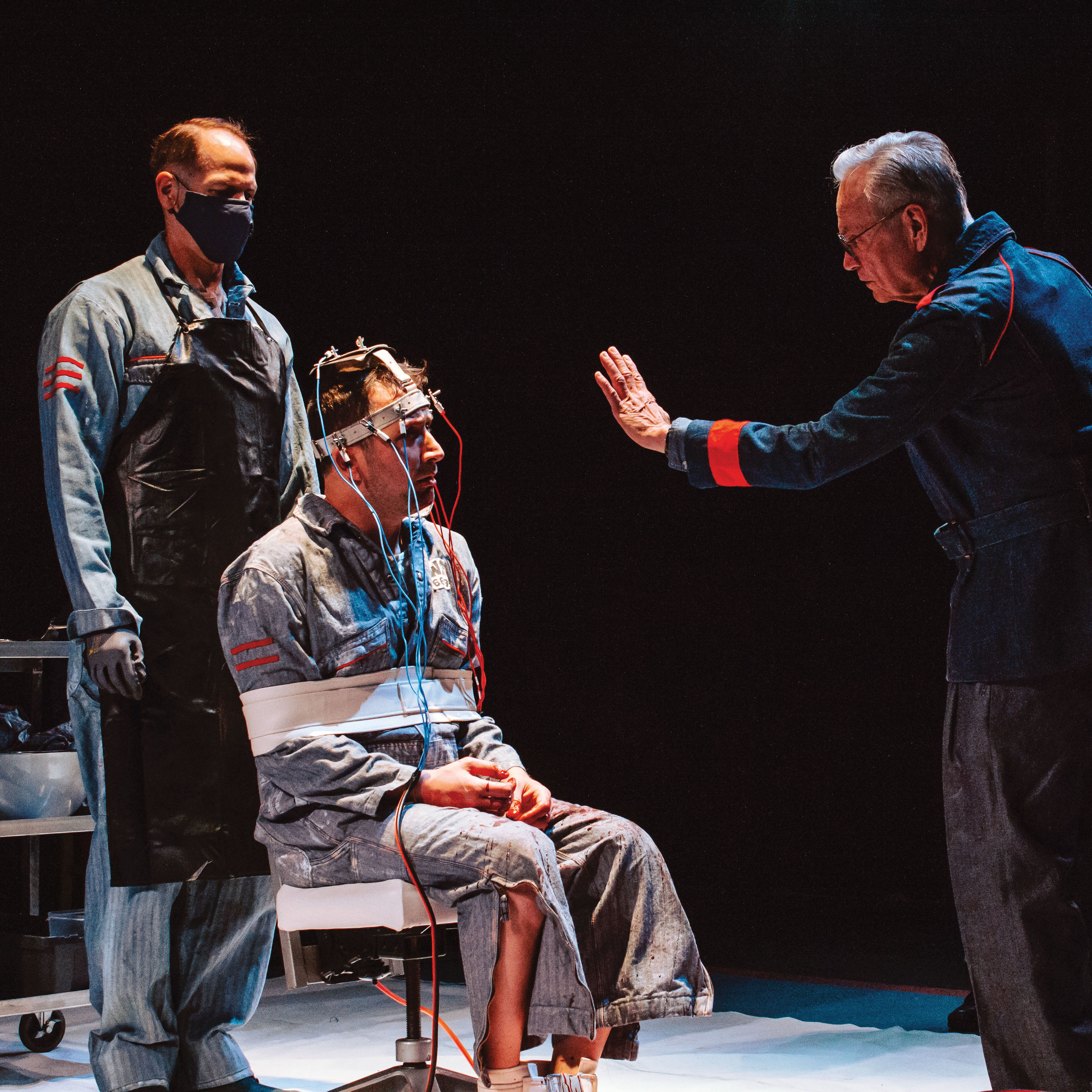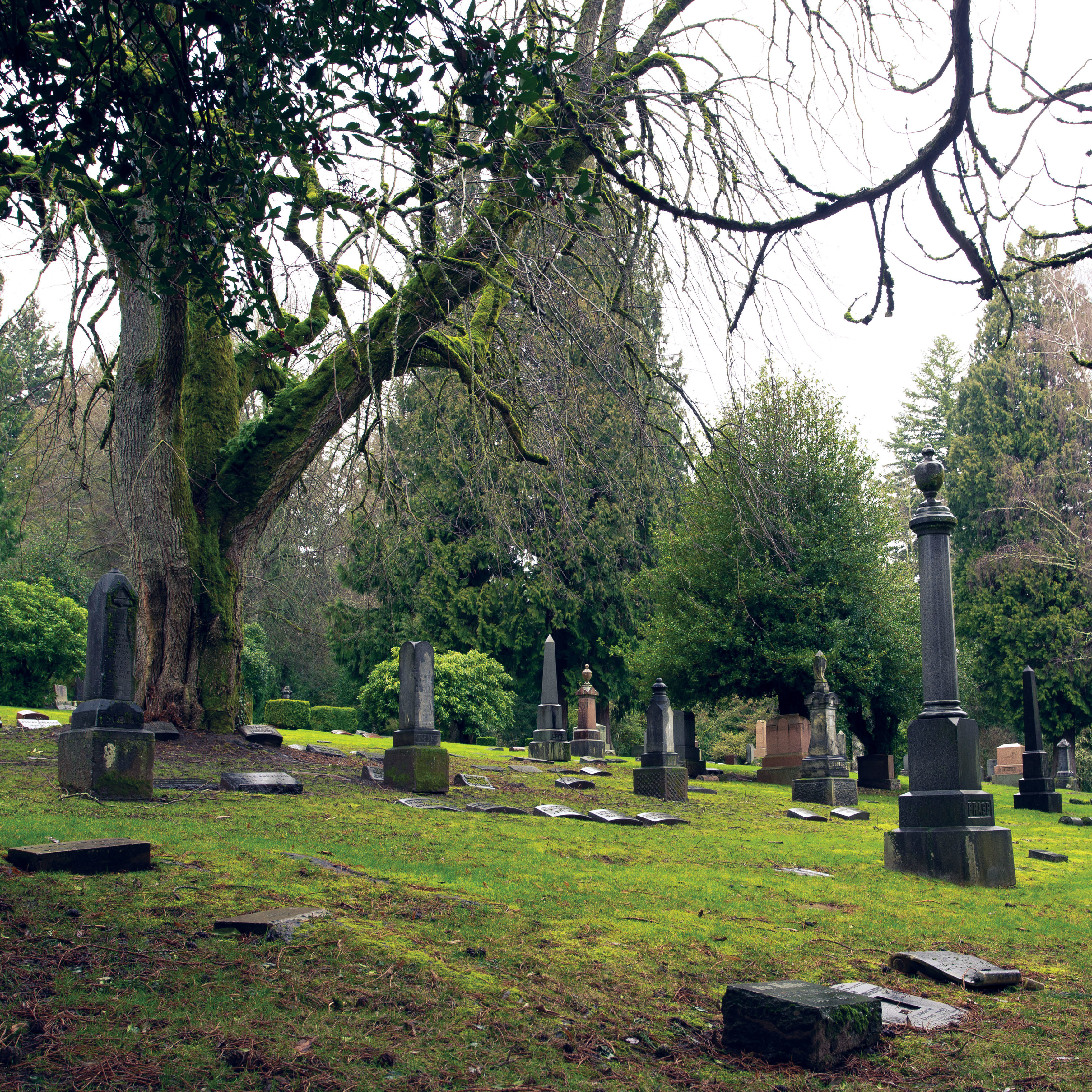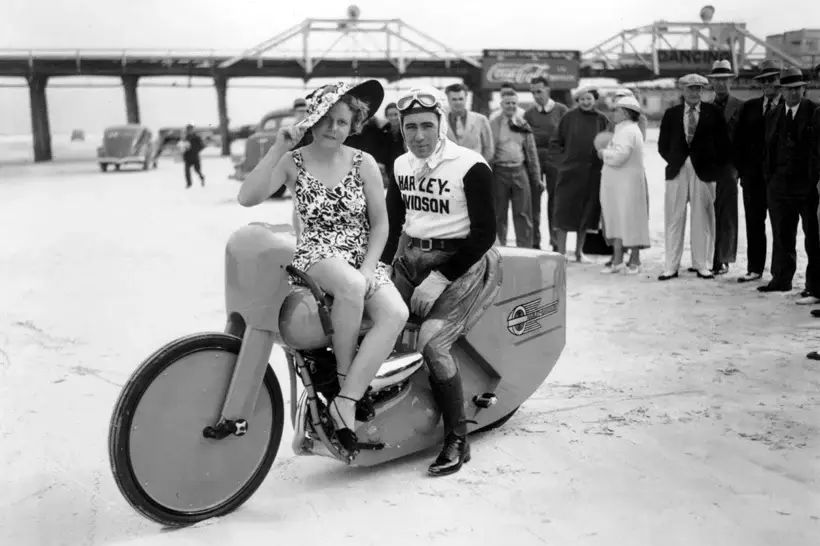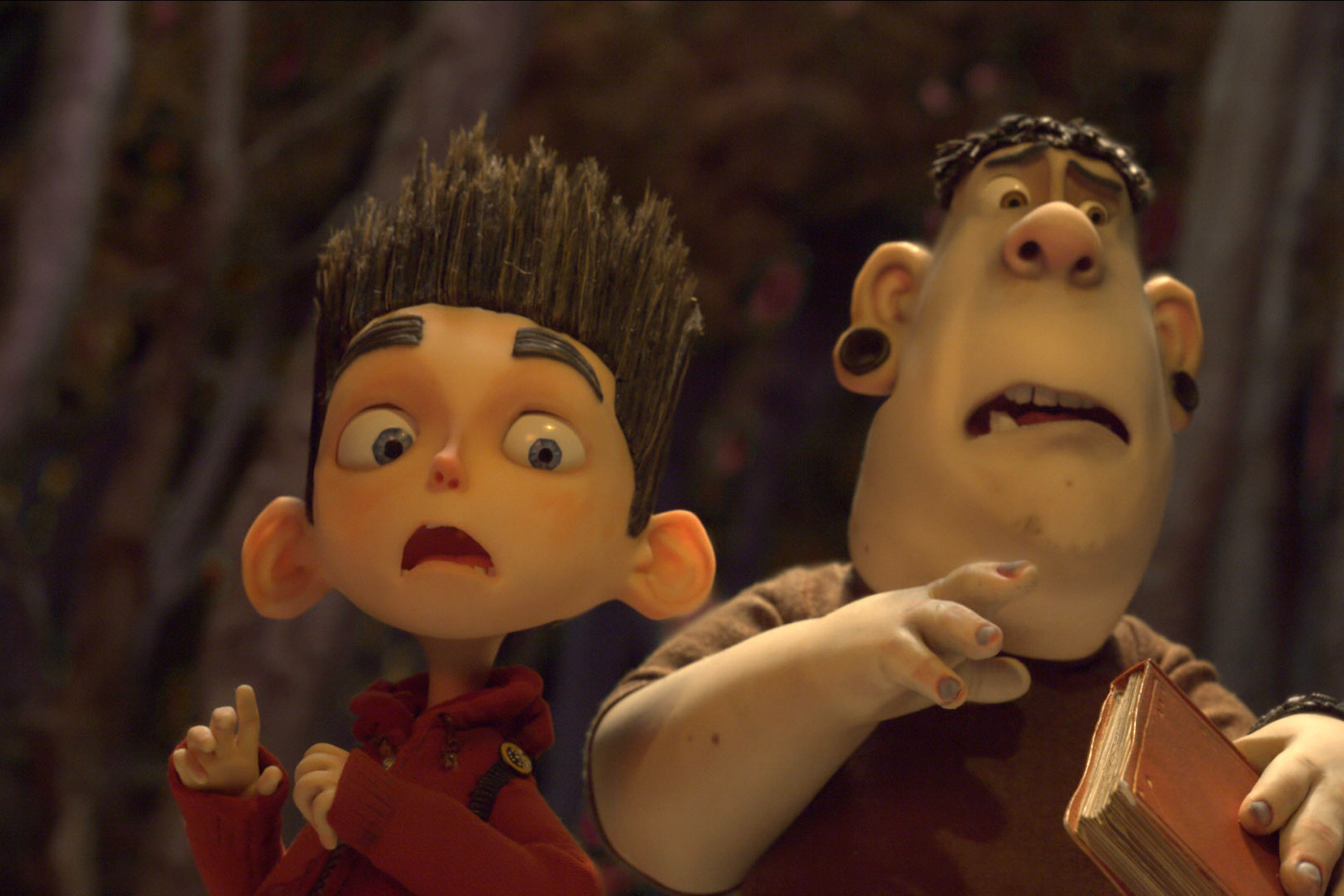First Cow Gently Wrestles with Oregon’s History
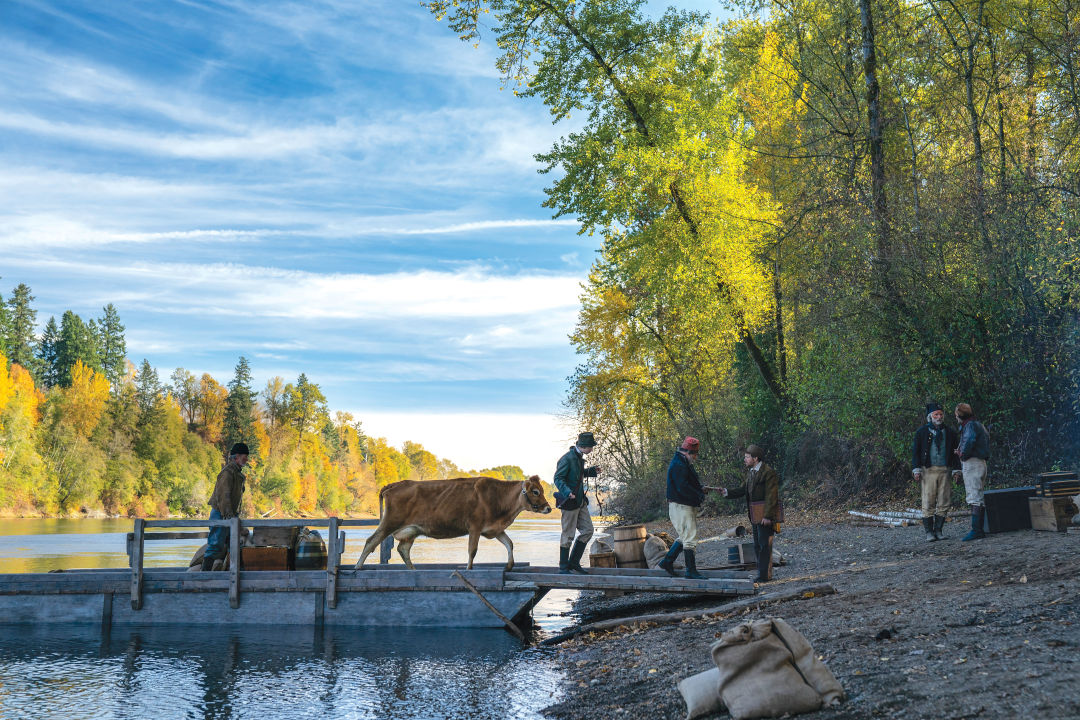
Image: COURTESY A24
About 30 minutes into First Cow, the latest from filmmaker Kelly Reichardt, the titular bovine sails into frame on a wooden ferry. When this happened, I set down my notebook and whispered, “That’s the first cow,” out loud to no one.
Such is the power of a Kelly Reichardt movie. Her work, almost exclusively set and shot in Oregon (her 1994 debut River of Grass and 2016’s Certain Women are exceptions), inspires a sense of hushed awe that can border on ridiculous. “Why am I crying?” you might ask as you watch Michelle Williams throw a stick for her dog in Wendy and Lucy. “Are they ... in love?” you might think while two friends soak silently at Bagby Hot Springs in Old Joy.
First Cow—out March 6—focuses on Cookie (John Magaro), a gastronomically inclined drifter making his way through the burgeoning Oregon Territory in 1820. He befriends and starts doing business with a Chinese immigrant who calls himself King Lu (Orion Lee). When the territory’s first cow arrives for use by a British official, the pair starts siphoning its milk to make and sell biscuits. What follows is part buddy comedy, part thriller, and part social polemic, with Reichardt drawing out questions about class, industry, and the ways both stomp out our humanity.
“Part of that book was sort of an argument with my fourth-grade curriculum about what American history is,” says Jon Raymond of his 2004 novel The Half-Life, the film’s source material. He cowrote the screenplay with Reichardt. “Putting the Northwest more in the context of global corporate fur trade than right-to-left manifest destiny was, to me, an interesting idea.”
It also required an incredible amount of research. Raymond and Reichardt have tackled the preindustrialized West before, in their haunting 2010 western Meek’s Cutoff. That film follows a group of settlers who lose their way on the Oregon Trail in 1845, and it’s easy, as a viewer, to draw parallels to First Cow. The research process, though, was very different.
“There weren’t photographs,” Reichardt says. The first photograph was taken in 1826—six years after First Cow is set, but nearly 20 years before Meek’s Cutoff. “It felt like cramming for a different test.”
Most helpful was the Chachalu Museum, opened shortly before production started by the Confederated Tribes of Grand Ronde, one of the Northwest’s largest Native communities. The crew ended up sourcing canoes and culinary techniques from the museum, and its Native language program helped performers pull off a key scene.
Still, there was plenty of guesswork.
“When did the first cow get here? Who knows? And does it matter? Not really,” Reichardt says.
She and Raymond met in the early aughts. Todd Haynes, who’d worked with Reichardt on his debut feature, Poison, introduced them while Reichardt was visiting Portland from New York. She read The Half-Life, Raymond’s just-published debut, and asked him to write something more (in his words) “adaptable.” That turned into Old Joy, and Old Joy launched the pair into a career-spanning examination of the Pacific Northwest.
Raymond, an Oregonian, writes almost exclusively about his home state, paraphrasing Walter Benjamin to explain himself: “People write memoirs to prove that their childhood was not in vain.”
“I made a certain, in some sense arbitrary, decision starting to write fiction that I wanted it to be regionalist,” he adds. “It seemed unfashionable in a way that I liked.”
“At first, [Oregon] was a very exciting landscape for me,” says Reichardt, who grew up in Miami. Though Raymond had set Old Joy in Portland, she scouted the whole country before deciding to shoot it here. “I’d lived in New York for a couple of decades, so it was just so other.”
Neither one can pinpoint the specific magic of their partnership, but mutual affection runs deep. “I’m lucky in that I was just sort of close at hand in the beginning,” Raymond deadpans. “I think I was, like, a writer that she knew.”
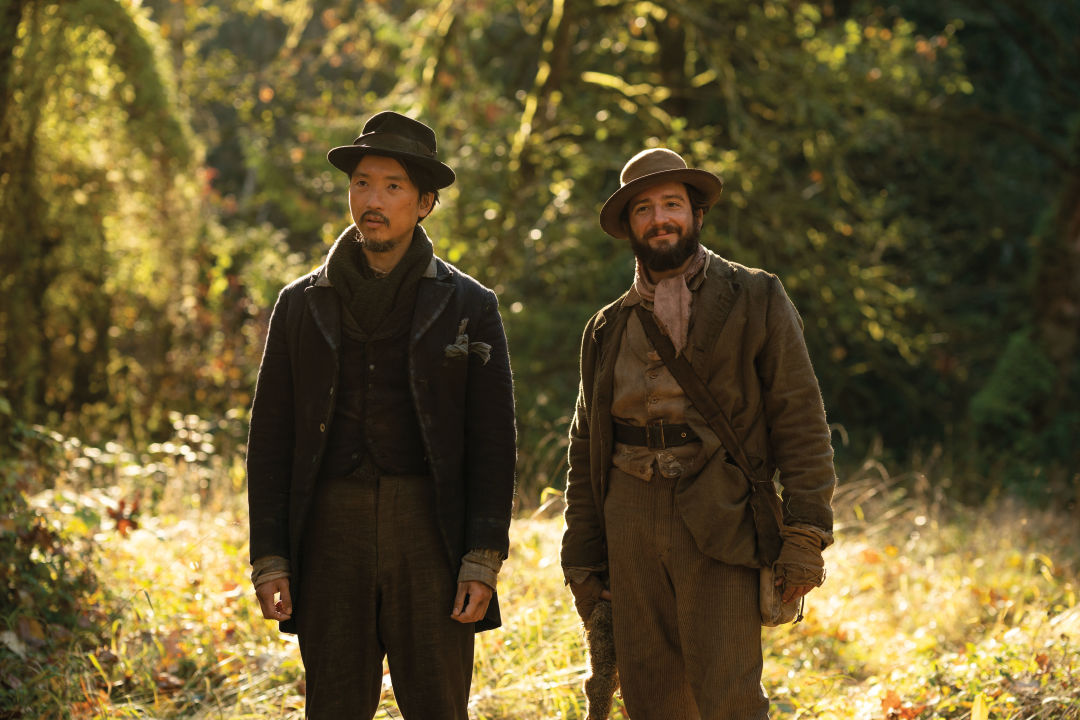
King Lu (Orion Lee, left) and Cookie (John Magaro)
Image: COURTESY A24
For First Cow, the pair returned to the book that brought them together and stripped it for parts. The Half-Life juggles two parallel timelines and takes a detour to China; First Cow sticks close to 1820 and never leaves Oregon. Reichardt wanted to focus more narrowly on Cookie (who Raymond, much to Reichardt’s dismay, tells me was inspired by a character in a 1986 Henry Weinhard’s beer commercial), and the cow came on to add stakes.
“It was the most disciplined actor on set,” says Anish Savjani, one of the film’s producers, who co-owns Psychic Bar on North Mississippi with fellow First Cow producer Neil Kopp and his wife, film stylist Amanda Needham. “The cow left a high bar.”
Her name is Evie, and a few months ago, she gave birth to a calf named Cookie. Reichardt’s team found Evie in a traditional casting call—notable because she cast her own dog, Lucy, in Old Joy and Wendy and Lucy.
Reichardt’s films connect on a number of levels: They’re visually sumptuous. They’re paced so deliberately they can generate suspense from a drive to the pharmacy. What makes them work, though, is their quiet political grit. Cookie and King Lu are outcasts even before America’s built a rigid social strata. Cookie is too delicate for the unforgiving landscape; Lu is subject to racism from the moment he arrives.
A late scene follows them on a walk through the woods. Cookie is distressed, and King Lu consoles him.
“Men like us have to make our own way,” he says. “There are no empire silhouettes or colors du jour for us.”
They lean on each other, as Reichardt’s protagonists do, and sow whatever small seeds of revolution they can before the culture inevitably triumphs. The fact of their friendship alone is a miracle.
When we met, Reichardt had something tucked into the back of her phone case. It wasn’t a shopping list or a shrine to one of her influences—it was a photograph of Lucy, who died a few years ago.
Seeing it, I put down my pen and thought, “Am I about to cry?”
